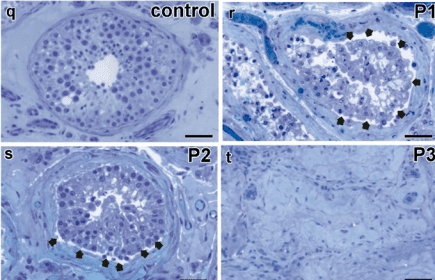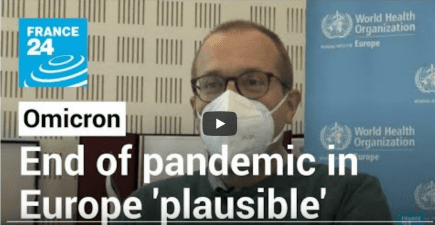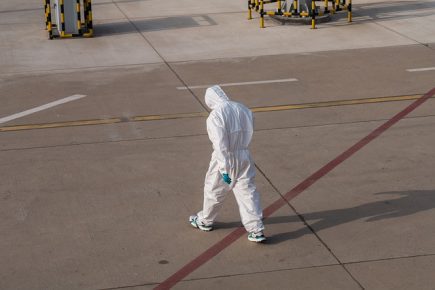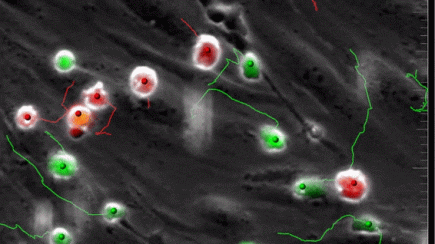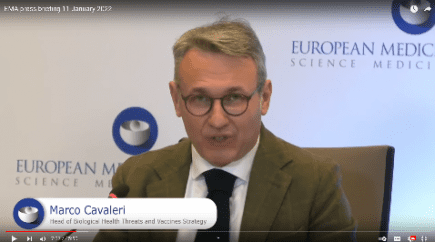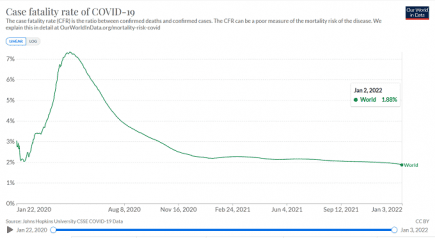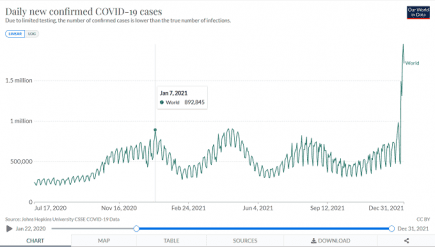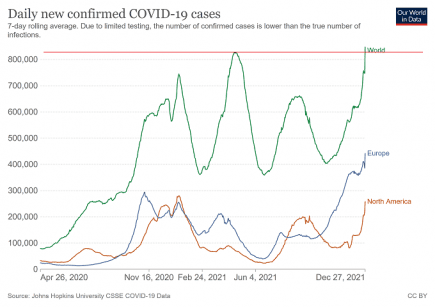Category: Australasia
Australasian Coronavirus News
Preprint: SARS-CoV-2 infects and replicates in human testes
“The virus remains infective after a long infection period in the testes (viral reservoir)”
This is the first study that shows:
1) the high SARS-CoV-2 tropism to the testis
2) one mode of SARS-CoV-2 entrance in testes
3) SARS-CoV-2 preferred infection and replication in spermatogonia and macrophages
4) that the virus remains infective after a long infection period in the testes (viral reservoir)
5) high levels of angiotensin II and activated mast cells and macrophages are critical players in promoting all testicular alterations
6) the more extended severe condition, the lower the number of surviving germ cells
7) fluctuation in several essential testicular genes
8) that the intratesticular testosterone levels are 30 times reduced in testes of COVID-19 patients
9) the prevalent types of collagen present in SARS-CoV-2 mediated testicular fibrosis
10) the fluctuation of vasoconstrictive peptides in testes of COVID-19 critically ill patients
Medrxiv Preprint: SARS-CoV-2 infects, replicates, elevates angiotensin II and activates immune cells in human testes
Has Omicron broken the 120 day SARS-CoV-2 global wave cycle?
Has the 120 global Covid wave cycle been broken by the Omicron variant? More...
Sheep infected with SARS-CoV-2
Our results showed that sheep-derived kidney cells support SARS-CoV-2 replication. More...
WHO: The end of the pandemic is plausible
The Covid-19 pandemic has entered a new phase with the Omicron variant, which could infect 60 percent of people in Europe by March, and could bring it to an end, the WHO Europe director said Sunday. More...
New Zealand: Isolation period for Covid cases extended to 14 days
New Zealand has extended its isolation period for Covid cases from ten days to 14 days. More...
Long COVID patients lack naive T and B cells
Nature article: “Patients with long COVID had highly activated innate immune cells, lacked naive T and B cells and showed elevated expression of type I IFN (IFN-β) and type III IFN (IFN-λ1) that remained persistently high at 8 months after infection”
“T cell activation (indicated by CD38 and HLA-DR), T cell exhaustion and increases in B cell plasmablasts occur during severe COVID-19”
Full Nature article: Immunological dysfunction persists for 8 months following initial mild-to-moderate SARS-CoV-2 infection
More...Dear people, please understand: the crux of these assumptions lie on prior t cell immunity, and the virus is one step ahead in this regard; it kills cd8+ t cells.
EMA: Immune system could be overloaded by booster vaccinations
The European Medicines Agency warned this week that repeated booster shots are not a sustainable long-term plan. More...
Global case fatality rate drops to its lowest ever level during the pandemic
Finally, some good news on the Covid front. Whilst the world battles its way through a blizzard of Omicron, the lower death rate for the variant has sent the global case fatality rate tumbling to just 1.86%, the lowest level since the beginning of the pandemic. More...
Global winter wave of 2021 is now 50% higher than last year’s winter wave
The current global winter wave is already about 50% higher than last year’s wave, peaking at 14.5 million biweekly cases yesterday. More...
It’s the largest global Covid wave EVER
Driven by the new Omicron variant, the world is now being overwhelmed by the largest global Sars-CoV-2 wave EVER. More...
